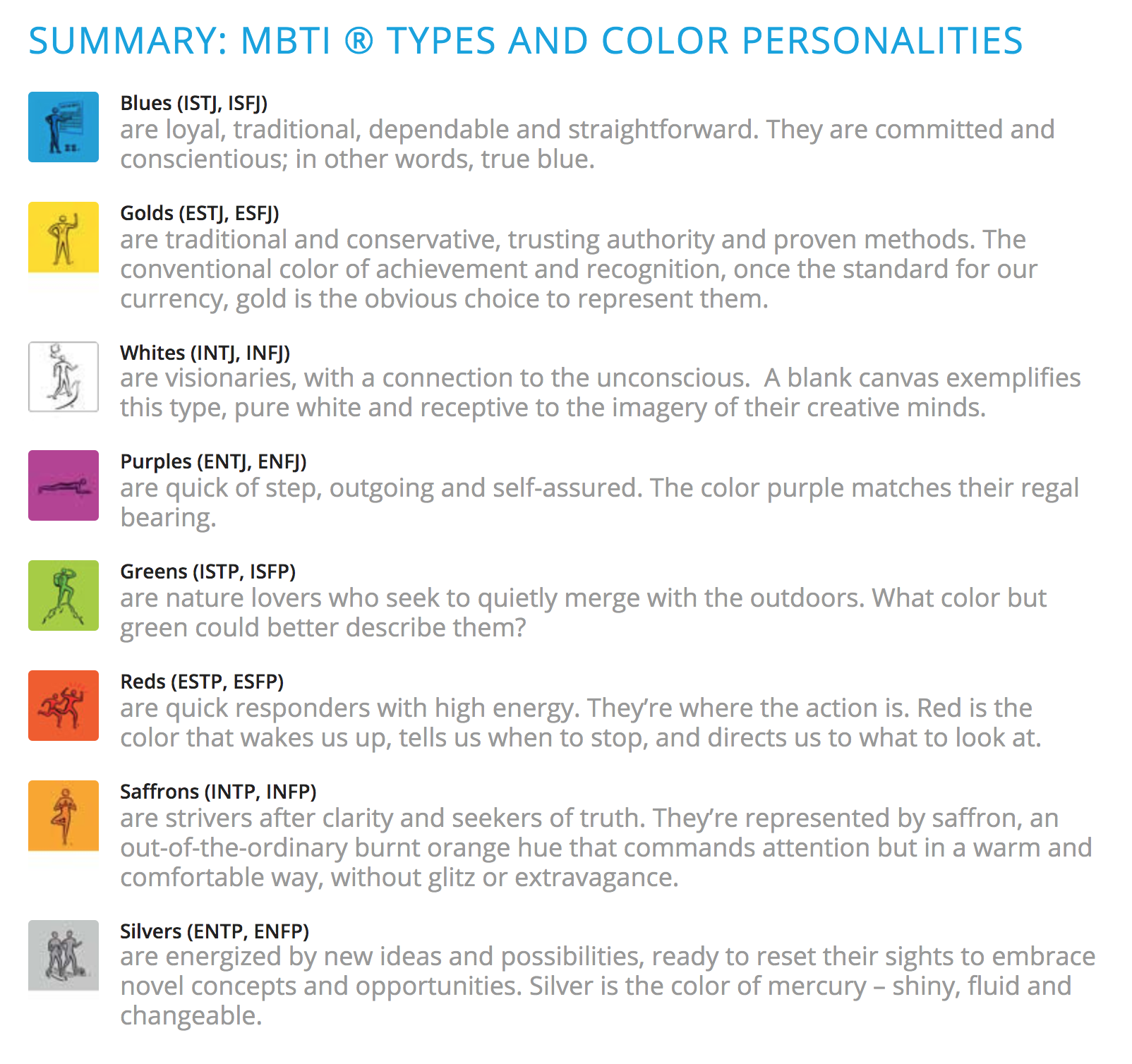Learning about the Benefits of an Anti-Inflammatory Lifestyle
Ongoing research has been making it more and more clear that chronic inflammation is the root cause of many illnesses, including heart disease, many cancers, and Alzheimer’s. On Saturday, April 8, Healthy Living was honored to welcome Briana Greenlee, Registered Dietitian and Food Scientist, to speak with a group of employees and guests about the benefits of living an anti-inflammatory lifestyle. Our Healthy Living Speaker Series event finished with a dinner prepared with an anti-inflammatory focus.
Why Is Chronic Inflammation Harmful?
Learn more about the mechanics of the inflammation process and what to do about whole-body inflammation, as explained by Dr. Andrew Weil.
Dietary Choices
Your daily food and drink selections are a couple of the most important elements for keeping inflammation down in your body. What is an anti-inflammatory diet? As a broad answer, Briana recommended following the Mediterranean Diet. She also spoke about and prepared a handout with the more specific information below.
13 Fundamentals of an Anti-Inflammatory Diet
1. Boost consumption of fruits and vegetables. Aim to eat (4-5) servings each of fruits and vegetables daily. Choose produce with deep green, orange, yellow, and purple, as these have the greatest nutritional value.
2. Get at least (30) grams of fiber per day. Fiber keeps your GI tract moving.
3. (4ea) – half cup servings of alliums and crucifers per week. Alliums include garlic, onions, scallions, and leeks. Crucifers include cabbage, kale, broccoli, cauliflower, Brussels sprouts. These vegetables support your detoxification pathways.
4. Cook with unrefined oil. Olive oil is your champion when it comes to cooking. Make sure the oil is first cold-pressed, unrefined, and non-GMO. Oil extracted by chemical solvents and/or heat has the potential to go rancid and increase inflammation. Stay away from vegetable oils such as canola, sunflower, safflower, etc. [Check out How to Choose a Quality Olive Oil.]
5. Snack on whole foods. Processed foods may be tasty in the moment, but you’ll be hungry soon after. Snacking on fruits, vegetables, nuts, protein will tide you over until the next meal.
6. If you eat grains, make sure they are whole. White, refined grains have been stripped of their nutritional value and will spike your blood sugar.
7. Eliminate sugary foods and drinks. Sugar spikes your blood sugar and causes energy highs and lows, mental fog, irritability, sleepiness, weight gain, and cravings. Incorporate fruit as your dessert and try adding small amounts of cider, fruit juice, drinking vinegar, or citrus wedges to water to enhance the flavor.
8. Always pair carbohydrate-dense food with protein and/or fat. Protein and fat take longer to digest and keep your blood sugar stable throughout the day (ex. apple with peanut butter).
9. Eat organic eggs, dairy, whole-cut meat. Organic animal products have a lesser chance of contamination with pesticides, fertilizers, antibiotics, sewer sludge. Contaminants disrupt hormone balance that could factor in chronic disease.
10. Only buy foods in which you can pronounce the ingredients. If you don’t know what it is, then your body will not either. Put the box back on the shelf.
11. Eat fatty fish such as salmon, or walnuts, flax, chia seed (2-3) times per week (unless pregnant) to get more omega-3 fatty acids as they directly counteract inflammation.
12. Eat fewer fast foods. Reserve fast food for a special treat once in a blue moon.
13. Munch on pineapple. Fresh pineapple is high in Vitamin C and contains the enzyme bromelain which helps digestion and reduces inflammation in the joints.
Keeping Chronic Inflammation at Bay
We learned that overall, you can maintain an anti-inflammatory lifestyle by:
- Focusing on a whole food diet
- Optimizing blood sugar
- Exercising consistently
- Sitting less
- Keeping a healthy weight
- Having an outlet for stress
WE LOVE TO HELP.
- Call us @ (866)779-8512 or text us @ (248)577-9903.
- Reach us through online chat at myhlms.com.
- Sign up for the Healthy Living Blog at myhlms.com/subscribe.
- Check out our online store at store.myhlms.com for accessories and over-the-counter medications.
- Visit myhlms.com/providers to electronically complete and sign prescriptions for patients.





















